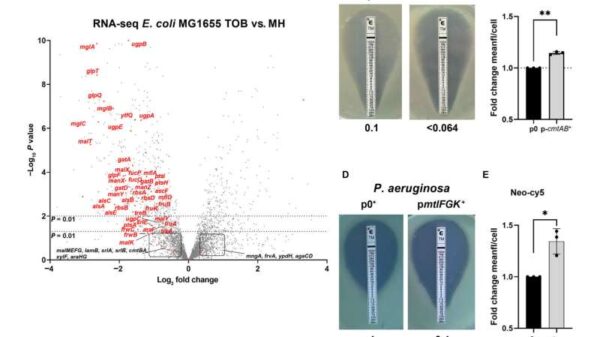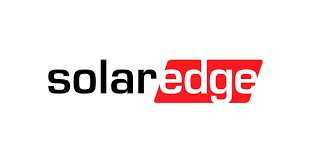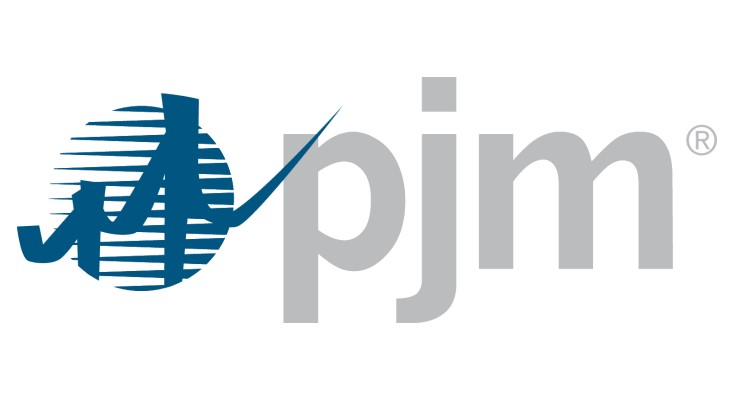PJM Interconnection’s wholesale electric energy market displayed competitive outcomes in the first half of 2025, even as prices surged significantly. The findings were detailed in the 2025 Quarterly State of the Market Report from Monitoring Analytics, LLC, an independent market monitor for PJM. Covering a vast region across 13 states and the District of Columbia, PJM oversees the largest wholesale electricity market in the United States.
Competitive Landscape Despite Challenges
According to Joseph Bowring, the independent market monitor, PJM’s energy market maintained competitiveness in the first six months of the year. Nonetheless, the report indicated that the capacity market auction for the 2025/2026 delivery year lacked competitiveness, highlighting ongoing structural inefficiencies that affect pricing and customer costs. The real-time load-weighted average locational marginal price (LMP) saw a substantial increase of 63.2%, jumping from $31.70 per MWh to $51.75 per MWh. This price surge was primarily driven by elevated fuel costs, which accounted for nearly 58% of the increase, alongside transmission constraints and heightened market markups for certain marginal units.
Despite these pressures, the report noted that prices were generally established by units operating near their short-run marginal costs, suggesting a broadly competitive environment in energy dispatch.
Cost Impacts and Generation Shifts
The total cost of wholesale power experienced a significant rise of 41.4%, increasing from $53.86 per MWh in the first half of 2024 to $76.15 per MWh in 2025. Energy costs constituted 64.6% of this total, while transmission charges represented 24.7% and capacity costs accounted for 8.4%.
Transmission constraints remained a critical factor in the market dynamics, with congestion costs skyrocketing to $1.26 billion, an 80.3% increase compared to the previous year. Furthermore, only 55.8% of congestion costs paid by customers were returned through allocated revenues, limiting the value consumers received from the system’s financial transmission rights (FTR) mechanism. The report underscored ongoing flaws in the FTR market design, revealing that from the 2011/2012 planning period through 2024/2025, customers have forfeited approximately $4.9 billion in congestion revenues due to inefficiencies.
PJM’s generation profile also evolved in early 2025. In comparison to the first half of 2024, coal generation rose by 18.2%, while natural gas output saw a decline of 3.0%. Oil generation surged by 35.6%, and wind output increased by 5.6%. Notably, solar generation experienced a remarkable jump of 49.0%, reflecting a rapid integration of renewable energy sources. This diversification played a crucial role in maintaining system reliability as the real-time average hourly load escalated by 3.6% year-over-year, rising from 87,764 MWh to 90,914 MWh.
The report also highlighted significant variations in net revenues, a vital indicator for investment in new generation. Theoretical net revenues surged for several resource types: combustion turbines rose by 37%, combined-cycle plants by 42%, coal plants by 192%, nuclear facilities by 54%, diesel units by 688%, and renewables, including wind and solar, by 67%.
However, total uplift charges—payments designed to compensate generators when market revenues fall short of costs—escalated by 235% year-over-year, reaching $568 million.
Balancing competition with consumer impact remains a pressing concern. While the report confirms that PJM’s energy market is broadly competitive, it also points to persistent structural challenges. Rising prices, increasing congestion costs, and inefficiencies in the capacity market present ongoing issues for consumers, regulators, and policymakers. As electricity demand continues to grow and renewable integration accelerates, PJM’s market design will undergo further scrutiny to ensure reliability and affordability in this critical power region.




































































